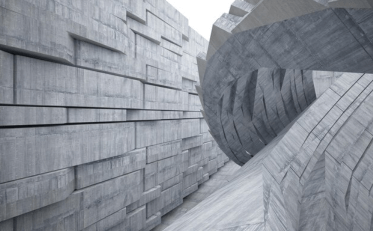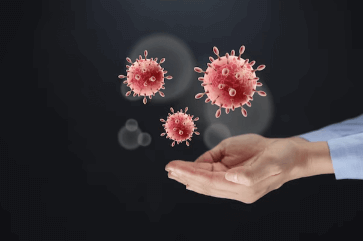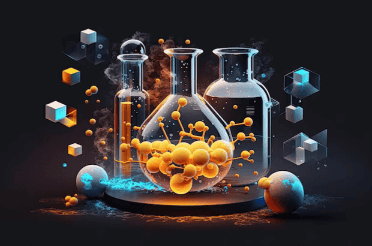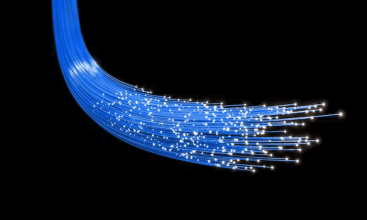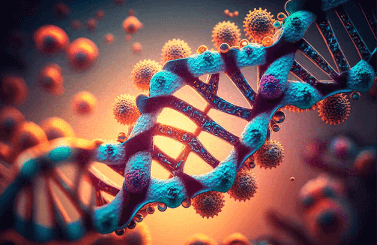Question
a.
Hydrolytic cleavage of a peptide bond by chymotrypsin has two phases
b.
It is activated in the presence of trypsin
c.
It is synthesized in the thyroid gland
d.
Polypeptide chains in chymotrypsin are linked by S-S bonds
Posted under Biochemistry
Interact with the Community - Share Your Thoughts
Uncertain About the Answer? Seek Clarification Here.
Understand the Explanation? Include it Here.
Q. Which of the following is false about chymotrypsin?
Similar Questions
Explore Relevant Multiple Choice Questions (MCQs)
Q. Which of the following is true about the structure of hexokinase?
View solution
Q. Which of the following is true?
View solution
Q. Which of the following catalyzes the reversible degradation of 2-phosphoglycerate to phosphoenolpyruvate?
View solution
Q. Which of the following catalyzes the reversible reaction of β-D-Glucose to glucose 6-phosphate?
View solution
Q. Which of the following is false about lysozyme?
View solution
Q. The allosteric inhibitor of an enzyme ___________
View solution
Q. Which of the following is false about allosteric feedback inhibition?
View solution
Q. Which of the following is false?
View solution
Q. Which of the following enzyme is responsible for the regulation of biological nitrogen fixation?
View solution
Q. Which of the following enzymes catalyze the ADP-ribosylation of key cellular enzymes or proteins?
View solution
Q. Removal of phosphoryl groups is catalyzed by ___________
View solution
Q. The attachment of phosphoryl groups to specific amino acid residues is catalyzed by ___________
View solution
Q. Which of the following is false about the following reaction?
Phosphorylase a + 2H₂O → phosphorylase b + 2Pᵢ
View solution
Q. Which of the following takes place due to phosphorylation of isocitrate dehydrogenase?
View solution
Q. Which of the following enzyme catalyzes a reaction that introduces reduced nitrogen ito cellular metabolism?
View solution
Q. Which of the following is false about feedback regulation?
View solution
Q. Anthrone method is preferred in the determination of ___________
View solution
Q. Which of the following is an example of epimers?
View solution
Q. Which of the following has reducing properties?
View solution
Q. The red precipitate formed when glucose is heated with “Benedict’s reagent” is ___________
View solution
Recommended Subjects
Are you eager to expand your knowledge beyond Biochemistry? We've handpicked a range of related categories that you might find intriguing.
Click on the categories below to discover a wealth of MCQs and enrich your understanding of various subjects. Happy exploring!
